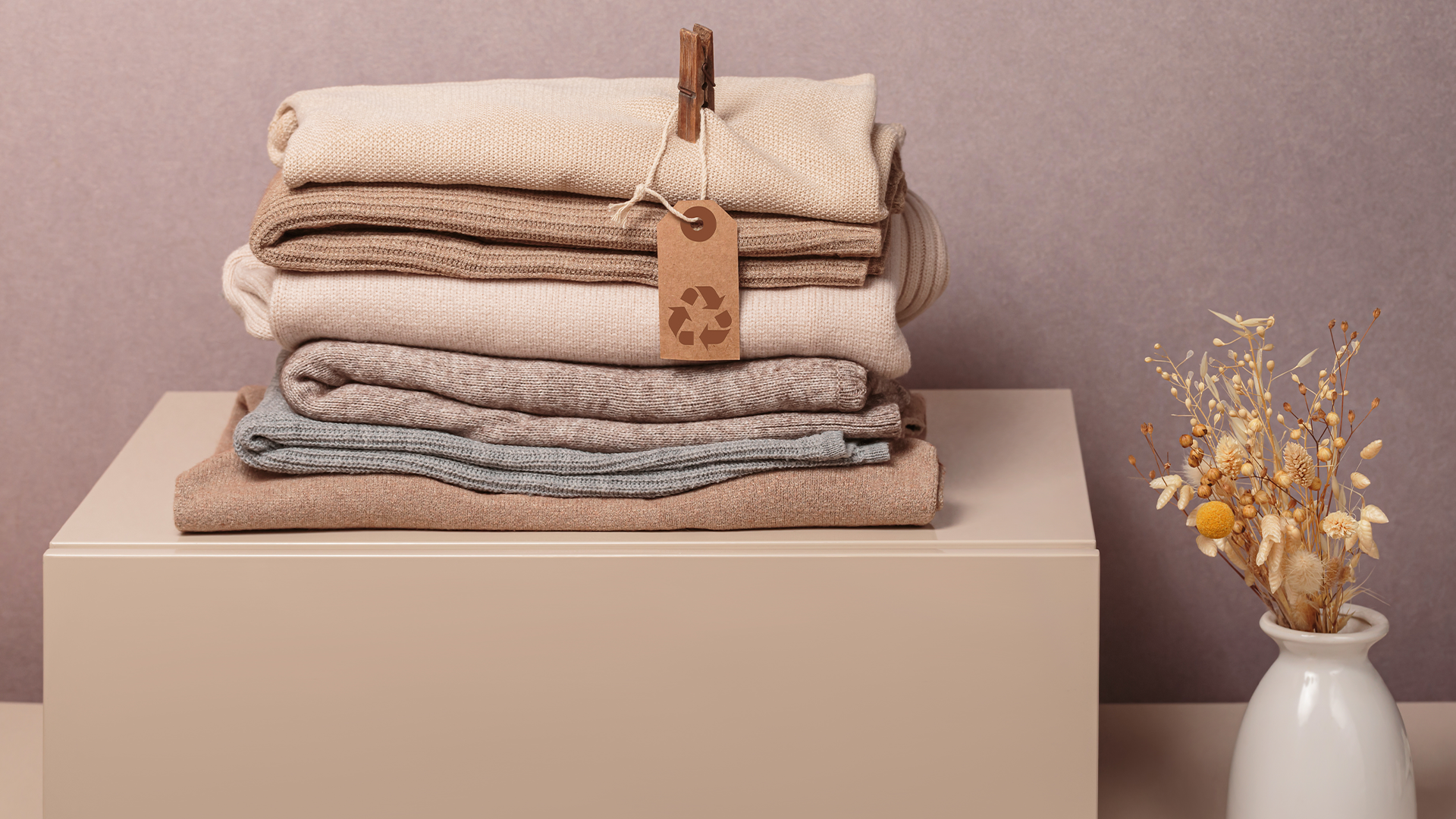Wear your clothes longer and contribute to sustainable care of textiles
On average, eleven kilos of textiles per person are thrown away in Europe every year. Gentle textile care allows us to extend the life of our garments and thus reduce our waste. The EU also wants to tighten the rules for recycling textiles, which means new sustainability requirements.

On 1 January 2025, the EU's new waste directive comes into force. The directive will impose an obligation on EU Member States to sort textile waste at source. All Member States will have to collect textiles separately from ordinary waste, which means that large volumes will have to be handled. "Textiles purchased in Sweden are being used and consumed at a rapid rate. Throwing away textiles is a waste of resources, as they are burned and the material is lost," the Swedish Environmental Protection Agency writes on its website.
Plenty of capacity to recycle more textiles in Europe
There is no national system for collecting and separating textiles from other waste in Sweden, which means that household garments thrown away go to landfill and incineration rather than recycling. Only one percent of all textiles produced in the world are made from recycled materials, but the potential capacity is much higher, according to IVL, the Swedish Environmental Research Institute, which surveyed some 30 operators in the sorting and recycling of textiles in Europe.
"There’s good news. The result shows that there is an abundance of operators in Europe and that they have a lot of potential to increase their capacity," said Maja Dahlbom, Project Manager at IVL Swedish Environmental Research Institute, in a press release.
The report, part of the "Sustainable Clothing of the Future” research project, shows that Europe has the capacity to recycle just over 1.3 million tonnes of textiles by the time the EU directive enters into force in 2025. At present, more than six million tonnes of new textiles are produced each year, with about a third of total production going to recycling. It is estimated that around 16,000-25,000 tonnes of textile waste are recycled, which means that only 1% of Europe’s textile waste becomes new clothing.
As consumers, we can make a difference
The problem with textile recycling is that clothing is often made up of different types of fibre, making it difficult to separate different materials from each other. So instead of reusing textiles, we have to produce new ones. That means approximately 80 percent of the total climate impact of our textiles occurs during the production phase.
"The best thing we can do to reduce the environmental impact of textile consumption is to extend the lifespan of textile products that are already manufactured. By doubling the lifespan of a garment, climate impact and water use are reduced by almost 50 percent," the Agency writes on its website.
When washing and drying clothes, it’s important to follow the washing instructions. This goes a long way to preserving the quality of the garments and prolonging their wear. Choosing the right type of products also makes a big difference. Washing and drying solutions that gently preserve the quality of clothing with low energy consumption help everyone to reduce their climate footprint.
Regardless of the impact of the new EU directive on Europe’s recycling, how clothing manufacturers can ultimately reduce resources in the production of new textiles, or how the individual consumer takes care of their clothing, we can all contribute to sustainable development throughout the value chain.
Nimo is keen to encourage customers and consumers to make more informed choices. That's why we offer the gentlest and most energy-efficient drying solution on the market: the drying cabinet. Only air circulates in a drying cabinet and air does not wear out clothes. Learn more about how a drying cabinet contributes to more sustainable clothing care here.
Read more about Nimo products here.
